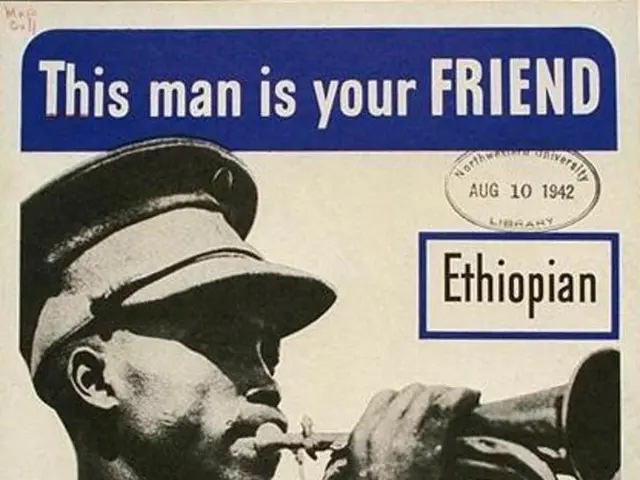Crafting an Envelope-Closed Pillowcase: DIY Instructions
How to Sew a Simple Envelope Pillow Cover: A Step-by-Step Guide
Learn how to create a charming envelope pillow cover with this easy-to-follow tutorial. Here's what you'll need to get started: a sewing machine, 3/4 yards of fabric, 2 1/8 yards of pom-pom trim (optional), matching thread, pins, scissors or rotary cutter, sewing gauge ruler, hand iron, pillow insert, self-healing mat, and quilting ruler.
Step 1: Preparing the Fabric
Begin by folding your fabric length-wise to have a width of 43 inches and a length of 15 inches. Unfold the piece, and then cut it again at the 27-inch mark. You'll now have two pieces, each measuring 13x15 inches. Repeat this process for the remaining fabric, and you'll also have one piece that is 13x27 inches.
To ensure precise cutting, lay the fabric on the corner of the cutting mat with the width straight along the bottom and the length straight along the left-hand side. When cutting squares for the fabric, using a cutting mat and quilting ruler is recommended to ensure perfectly square and non-sloping edges.
Step 2: Creating the Pattern Pieces
Pin the fabric pieces and use a quilting ruler to mark a 13-inch width for each piece, with a 1/2-inch seam allowance. Cut along the marked lines using a rotary cutter. Repeat these steps for the back two panel pieces.
Step 3: Sewing the Front Panel
Lay the front panel right side facing up. Pin pom-pom trim around the edge if desired, and then place the back panel section right side facing down over the front panel. Stitch the pieces together along the 13-inch edge.
Step 4: Sewing the Back Panels
Sew a 1/4-inch hem along the 13-inch pane on the sewing machine for each back panel piece. Fold the hem over 2 inches, pin it in place, and stitch along the original hemline for a finished edge.
Step 5: Creating the Envelope Closure
The back panels allow you to insert the pillow and then close the flaps to hold the pillow inside. To sew the pillow cover inside out, overlap the back flaps about 2-3 inches and pin them into place. Sew the pillow cover, ensuring that the seams are hidden within the flaps.
Step 6: Inserting the Pillow
Once stitched, turn the cover inside out, stuff your pillow into the cover using the envelope back you created, and cozy up with your new pillow and a nice blanket.
For a new sew, flannel, cotton, fleece, linen, and most poly-cotton blends are recommended fabrics for a pillow cover. The Singer Sewing Fashion Mate is recommended for sewing a pillow cover.
Step 7: Calculating the Amount of Fabric Needed
To calculate the amount of fabric needed, measure your pillow and adjust the measurements accordingly. The pillow cover should be about 1-2 inches smaller than the actual pillow to make it more full.
Enjoy your new DIY envelope pillow cover!
Read also:
- Peptide YY (PYY): Exploring its Role in Appetite Suppression, Intestinal Health, and Cognitive Links
- Toddler Health: Rotavirus Signs, Origins, and Potential Complications
- Digestive issues and heart discomfort: Root causes and associated health conditions
- House Infernos: Deadly Hazards Surpassing the Flames







